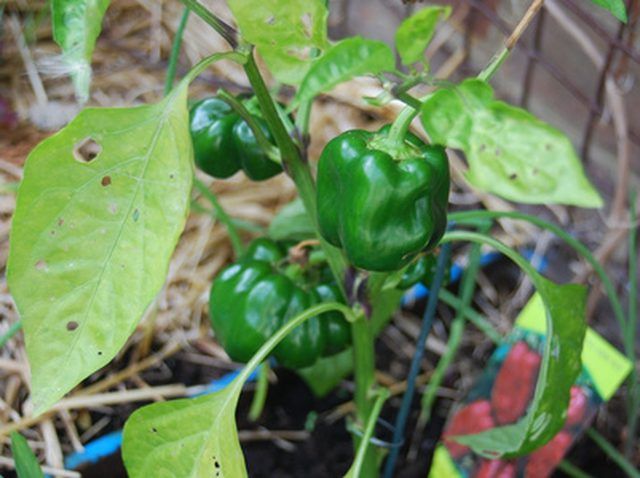Bulbs
Flower Basics
Flower Beds & Specialty Gardens
Flower Garden
Garden Furniture
Garden Gnomes
Garden Seeds
Garden Sheds
Garden Statues
Garden Tools & Supplies
Gardening Basics
Green & Organic
Groundcovers & Vines
Growing Annuals
Growing Basil
Growing Beans
Growing Berries
Growing Blueberries
Growing Cactus
Growing Corn
Growing Cotton
Growing Edibles
Growing Flowers
Growing Garlic
Growing Grapes
Growing Grass
Growing Herbs
Growing Jasmine
Growing Mint
Growing Mushrooms
Orchids
Growing Peanuts
Growing Perennials
Growing Plants
Growing Rosemary
Growing Roses
Growing Strawberries
Growing Sunflowers
Growing Thyme
Growing Tomatoes
Growing Tulips
Growing Vegetables
Herb Basics
Herb Garden
Indoor Growing
Landscaping Basics
Landscaping Patios
Landscaping Plants
Landscaping Shrubs
Landscaping Trees
Landscaping Walks & Pathways
Lawn Basics
Lawn Maintenance
Lawn Mowers
Lawn Ornaments
Lawn Planting
Lawn Tools
Outdoor Growing
Overall Landscape Planning
Pests, Weeds & Problems
Plant Basics
Rock Garden
Rose Garden
Shrubs
Soil
Specialty Gardens
Trees
Vegetable Garden
Yard Maintenance
How to Get Green Pepper Plants to Produce More
How to Get Green Pepper Plants to Produce More. Peppers are a popular plant for the home vegetable garden. The three most common varieties of peppers are bell peppers, hot peppers and sweet peppers. Although peppers are relatively easy to grow, several factors can result in low fruit production. If you want to get your green pepper plants to...

Peppers are a popular plant for the home vegetable garden. The three most common varieties of peppers are bell peppers, hot peppers and sweet peppers. Although peppers are relatively easy to grow, several factors can result in low fruit production. If you want to get your green pepper plants to produce more, be vigilant with their care.
Things You'll Need
Thermometer
Balanced fertilizer
Pruning shears
Monitor temperatures. Peppers prefer warm whether, so avoid planting them until after the last frost of the season and cover them if frost is expected. Some varieties suffer during extended periods of extreme heat as well and require shading. Optimal temperatures for growing peppers range from roughly 70 to 85 degrees Fahrenheit.
Provide proper nutrients. Fertilizer rich in nitrogen will result in a leafy, healthy plant but won't yield much fruit. Use a phosphorus and potassium-rich fertilizer as the plants begin to develop.
Remove the first few flower buds. This allows the plant to develop more before it begins producing fruit and sometimes results in higher fruit production.
Pick often. Picking fruits as they ripen encourages the plant to begin producing more fruit.
Prune the plants. Moderate pruning in the late summer or early fall sometimes extends fruit production, but prune with care. Severe pruning damages the plant.
Tips & Warnings
Fruit production from any plant requires the right conditions. Low fruit production may be a result of inadequate watering or sunlight.